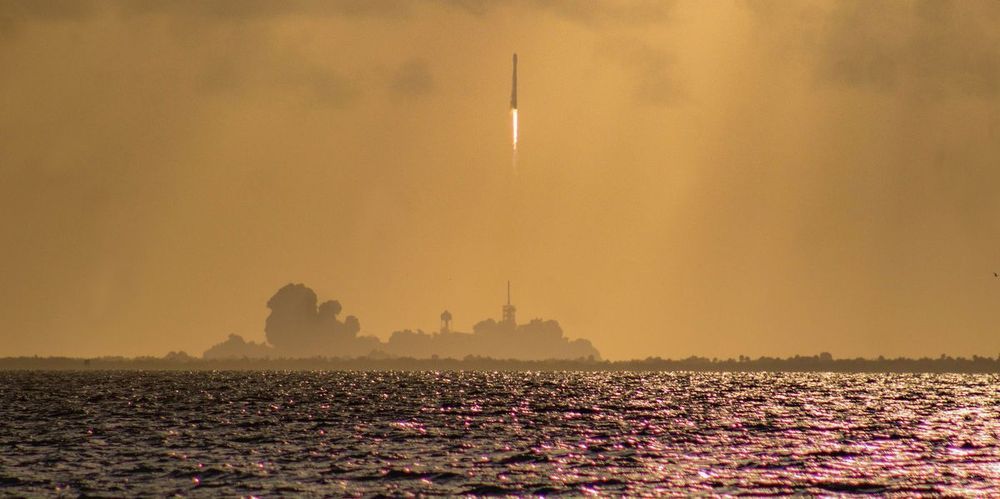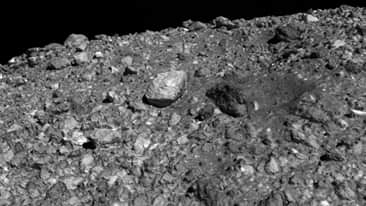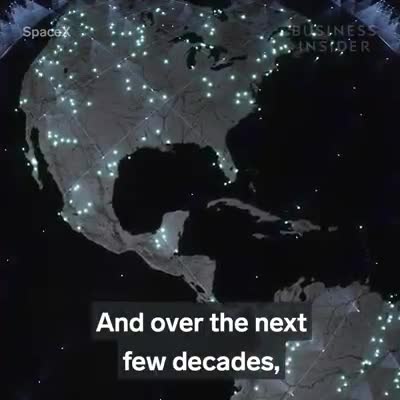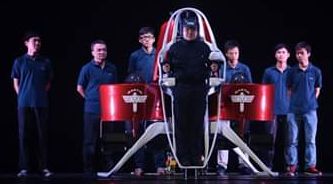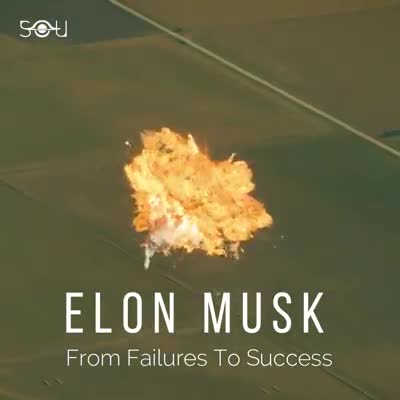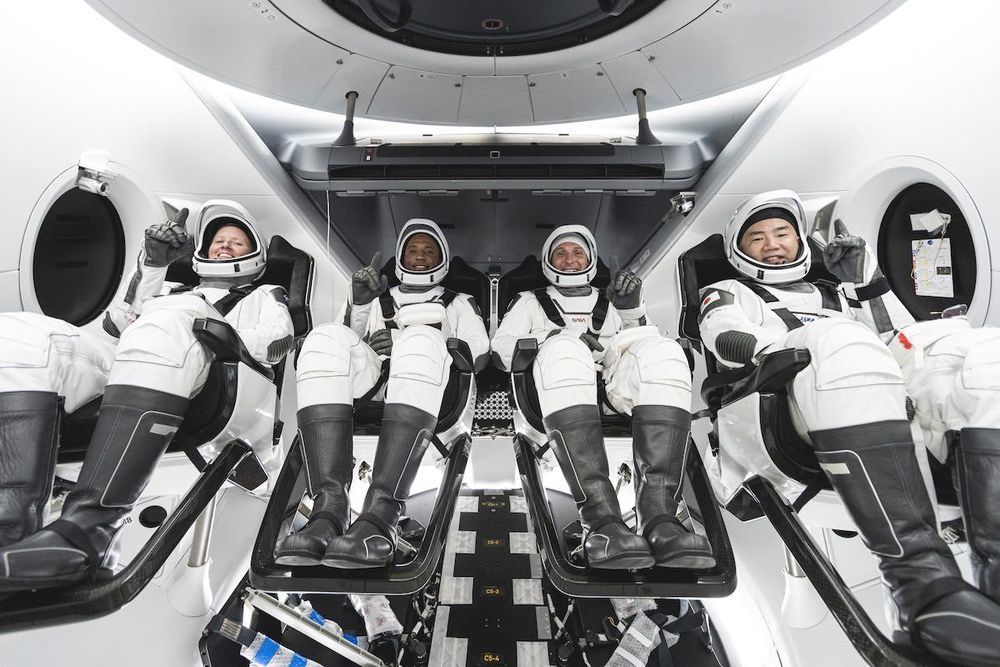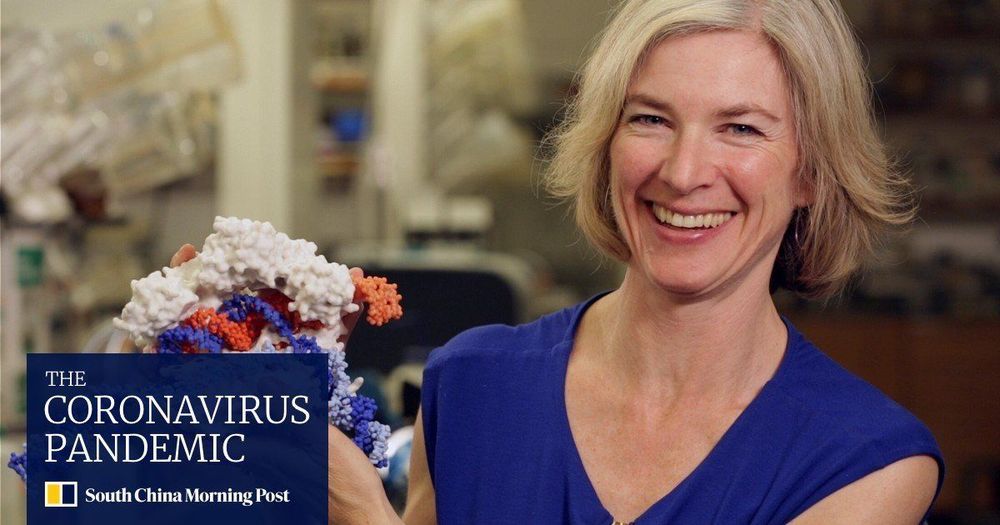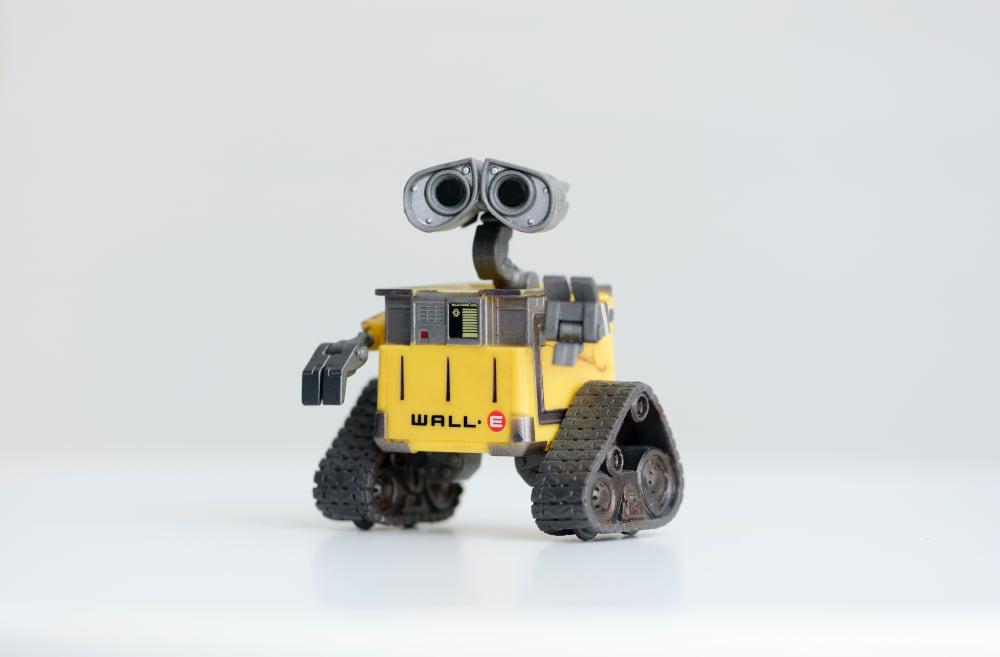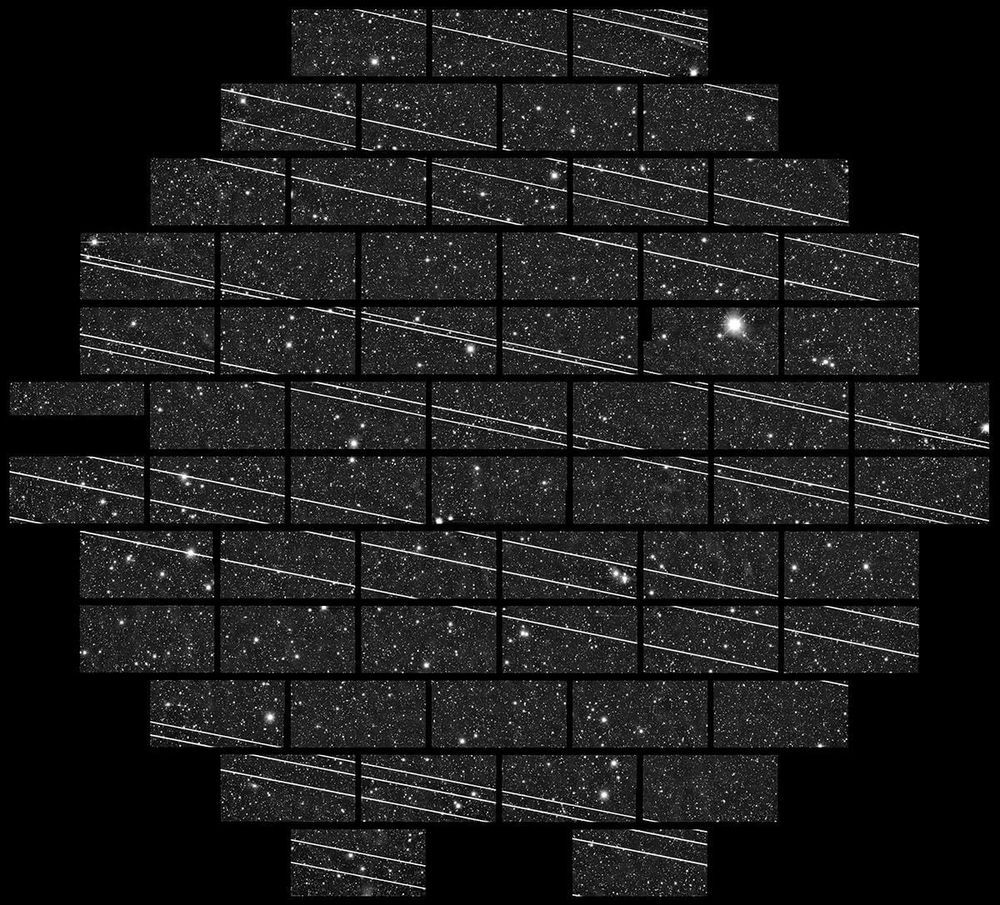The Pentagon’s Transportation Command and Elon Musk’s SpaceX are teaming up to examine using rockets to ship cargo through space. The plan raises the prospect of sending urgently needed supplies to U.S. troops anywhere on Earth, within minutes. While the idea is technically feasible, there are several factors, including cost and preparation time, that could make it unworkable.
DIVE DEEPER ➡ Read best-in-class military features and get unlimited access to Pop Mech, starting now.
